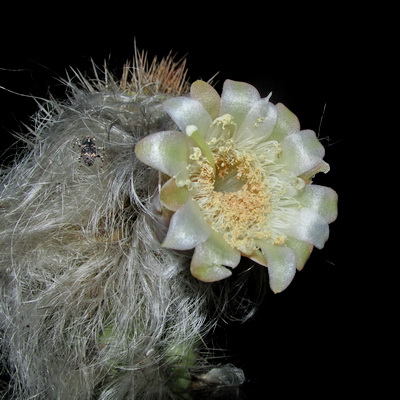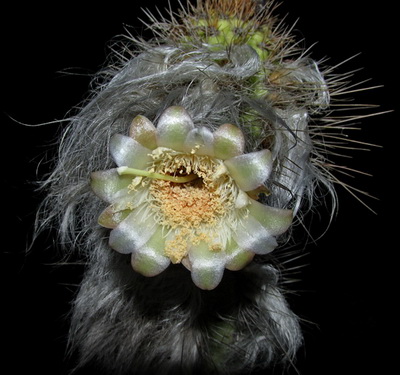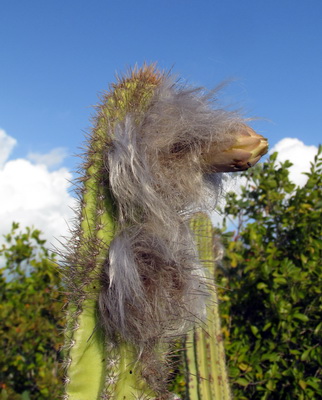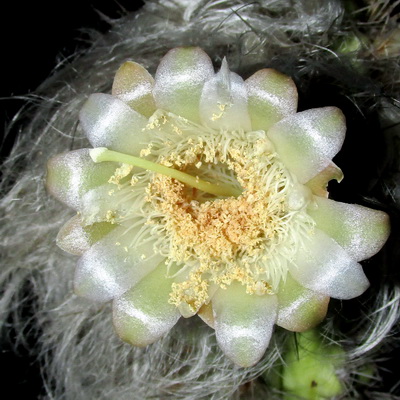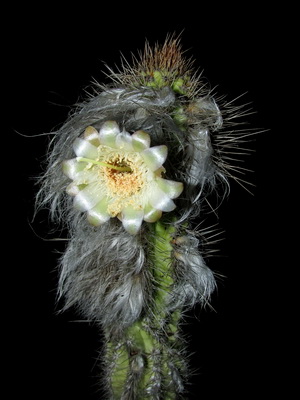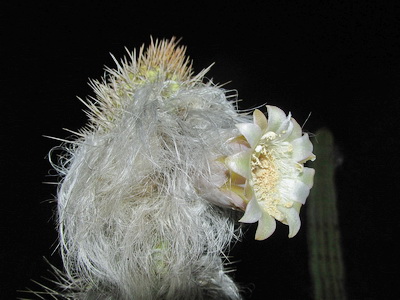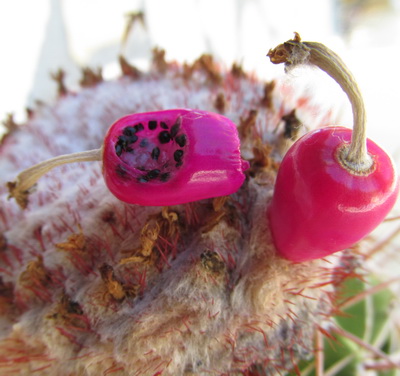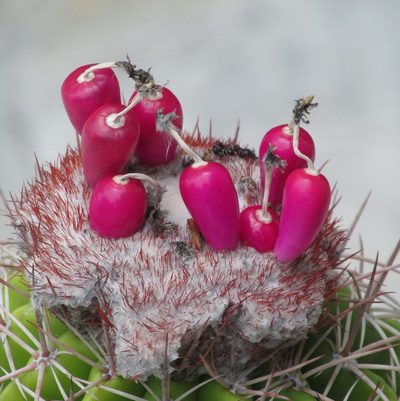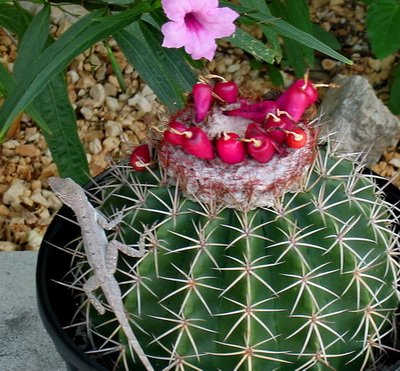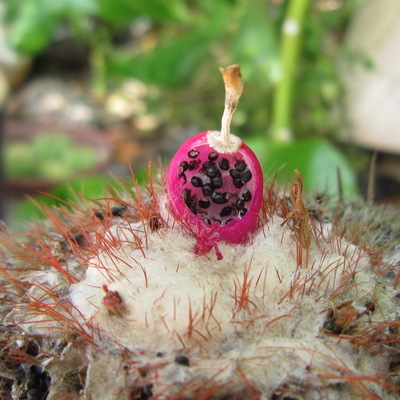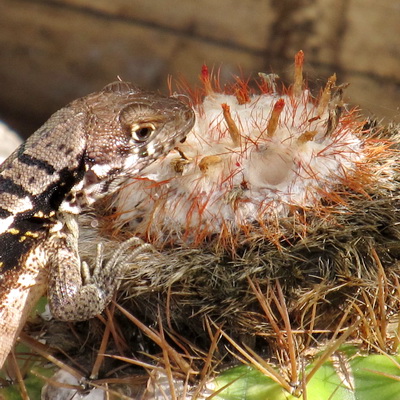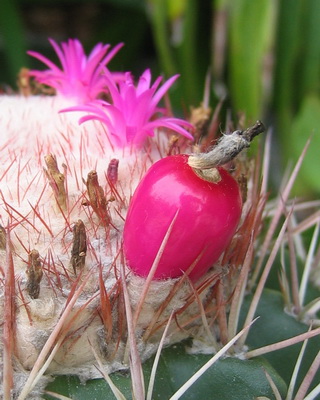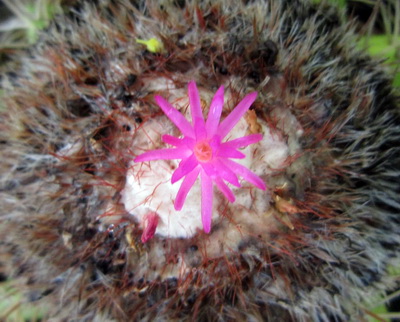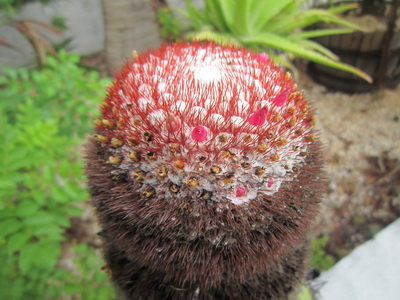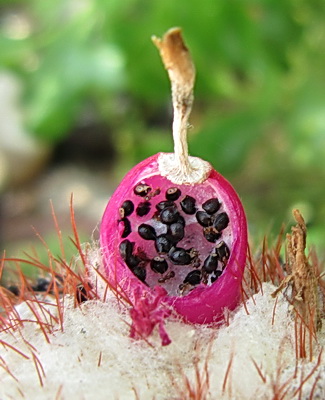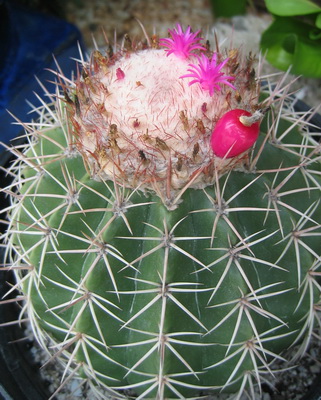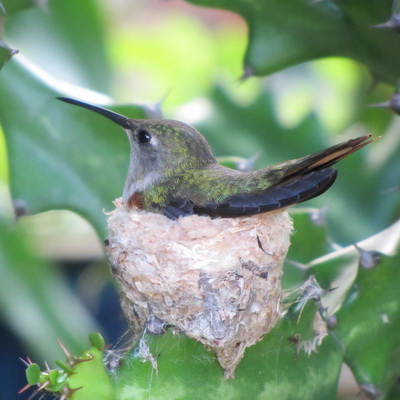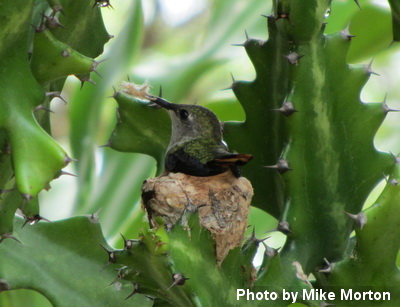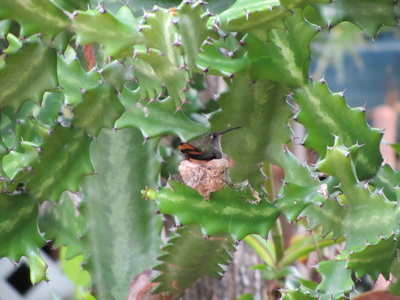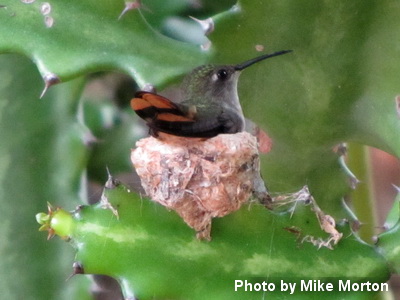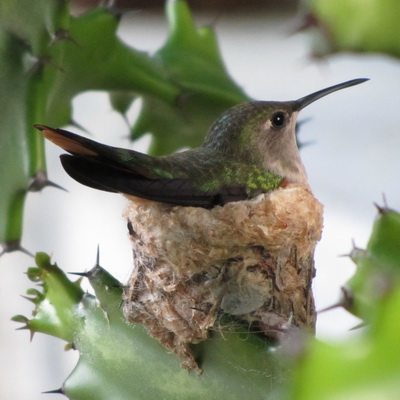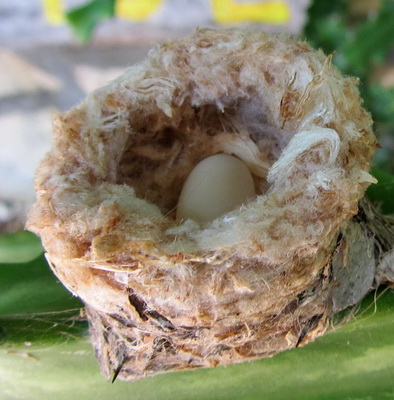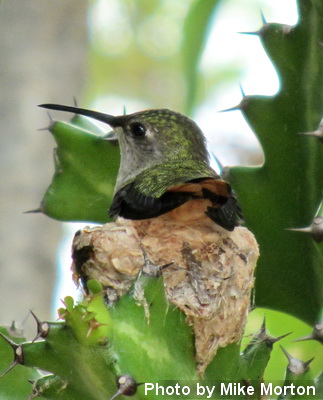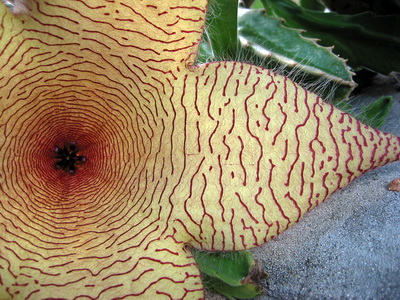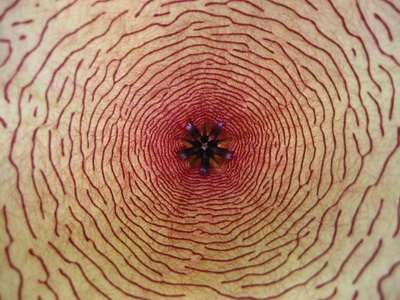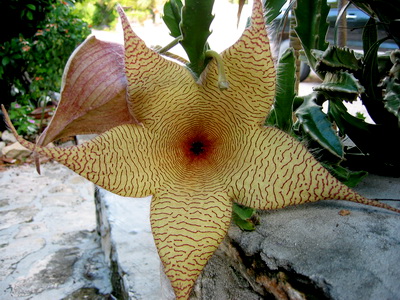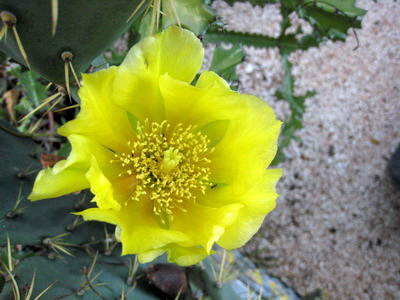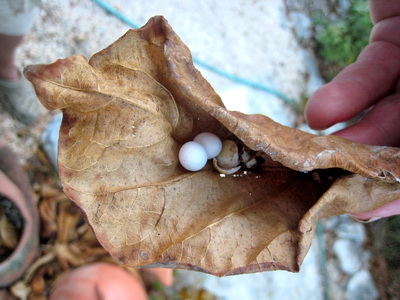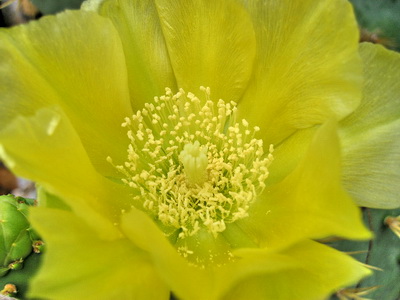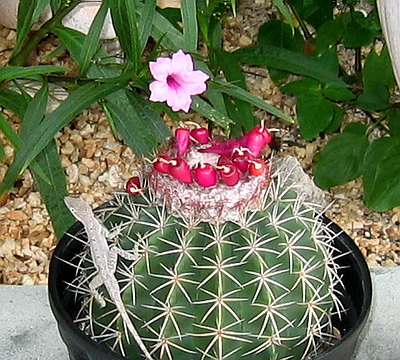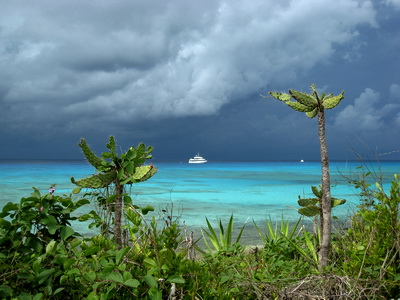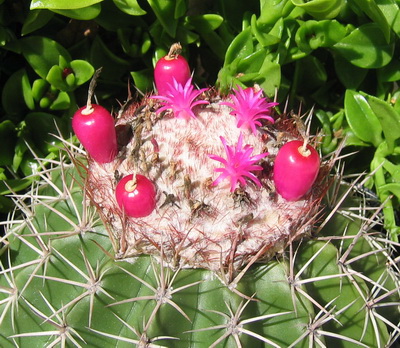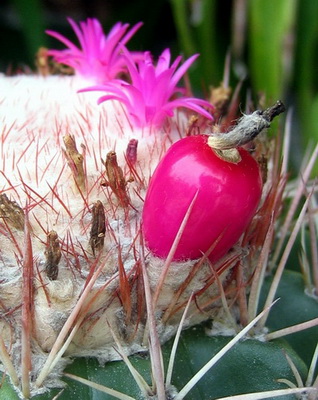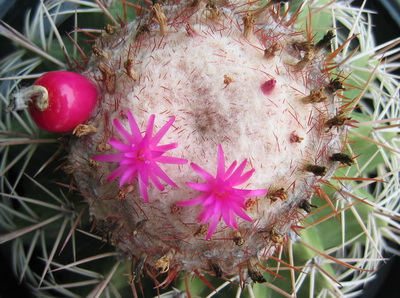
The most common cactus found in the Turks and Caicos Islands is the Dildo Cactus more locally known as Old Man Cactus
Take a look around you in our local bush and frequently you will see this spectacular cactus. The Dildo Cactus with its rather suggestive name is locally called the Old Man Cactus and is probably the most commonly found cactus in the islands.
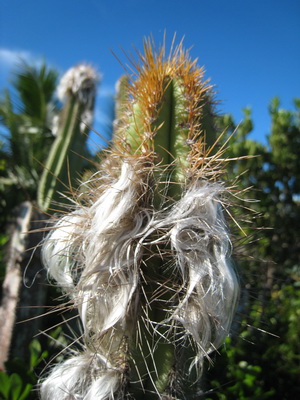
The tips of the branches are sporting tufts of a white hairy substance resembling an old man's beard
The Bahama Dildo cactus has long tubular branches ribbed with from eight to 12 sections bordered by sharp spines. Often the tips are covered with a fine white wool resembling an old man’s beard hence the local name…Old Man Cactus. This white wool is a favourite for nesting material and was used by my recent humming bird when building her nest.

Flower bud forming on the cactus
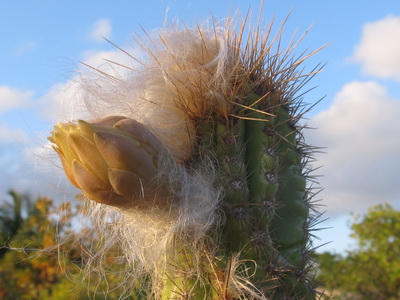
Bahama Dildo flower bud just about to open
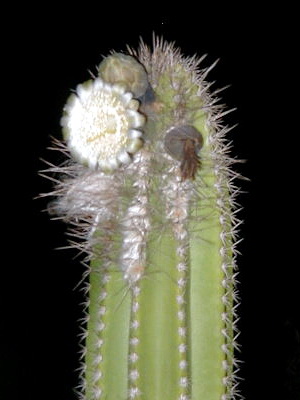
An exotic, white flower and I think it only blooms at night.
The white flowers of the Bahama Dildo Cactus attracts butterflies as well as insects searching for nectar. The bright red fruit is sweet and juicy and is eaten by our local birds which they end up depositing complete with seeds and fertilizer to begin the cycle again.
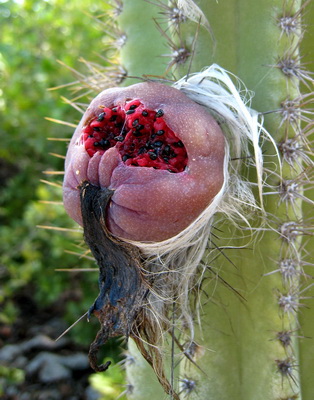
The lushious, red fruit of the cactus is a favourite snack of our birds.
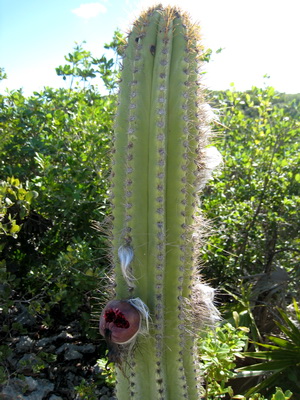
The Bahama Dildo cactus bearing fruit.
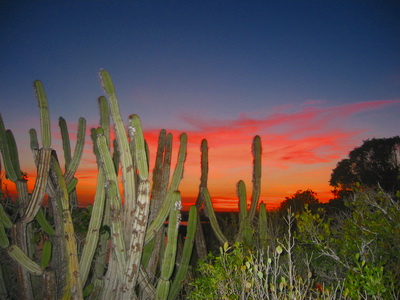
Glorious Provo sunset with an Old Man Cactus towering up to the blazing orange skies
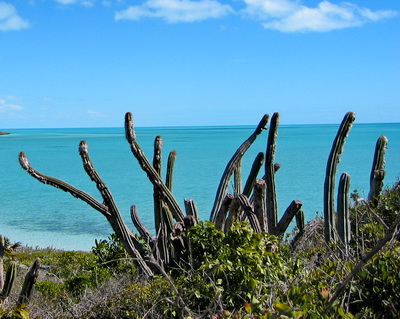
Dildo cactus with a turquoise ocean backdrop
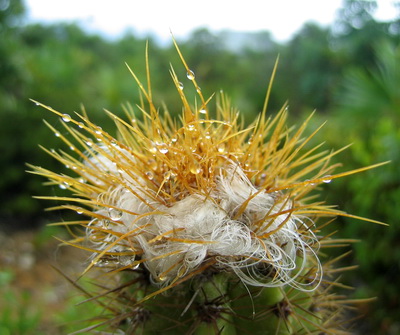
Tip of a cactus branch with tufts of white silky hair
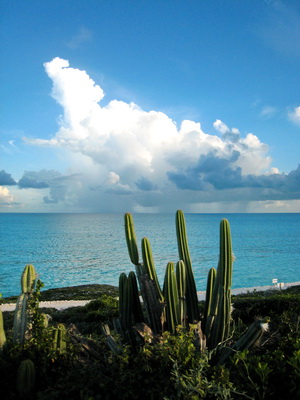
Look to the hills on Provo's south shore paradise and you'll find many Old Man Cacti.
Our landscape is dotted by these spectacular looking cacti. I must say, I’ve found it difficult to capture the Old Man Cactus in flower but I keep trying. Most of my photos are taken at Harbour Club Villas and the south shores and I’m constantly adding to my photo library.
Marta
http://www.harbourbourclubvillas.com
